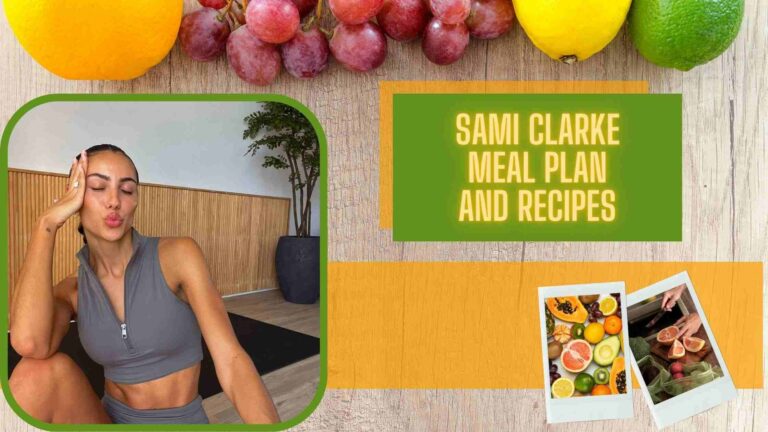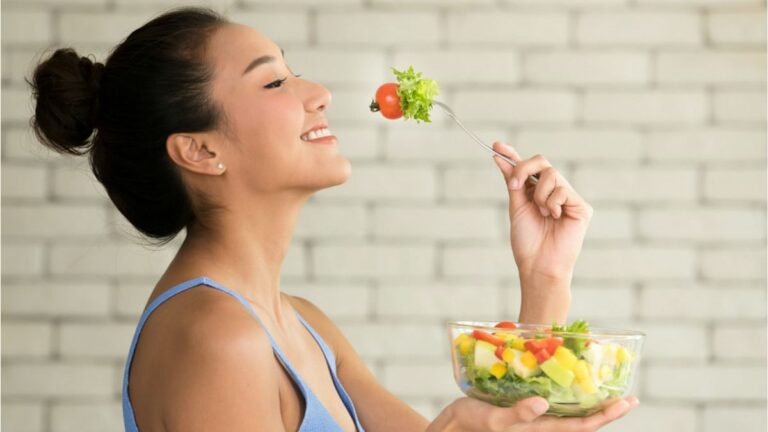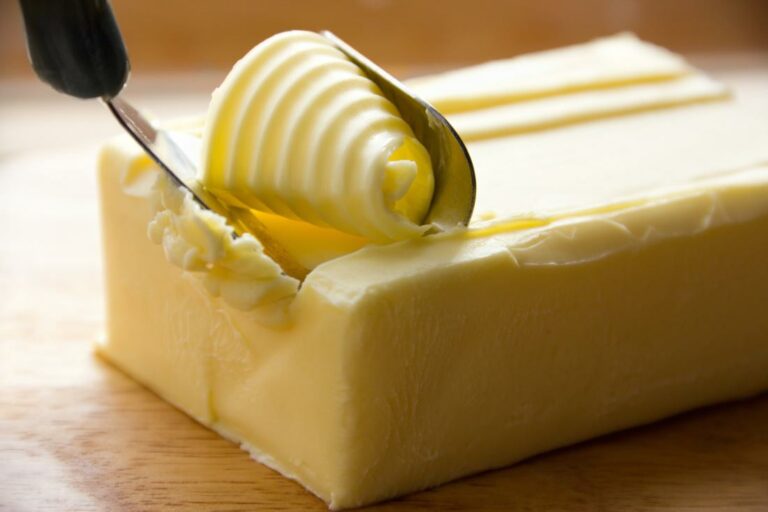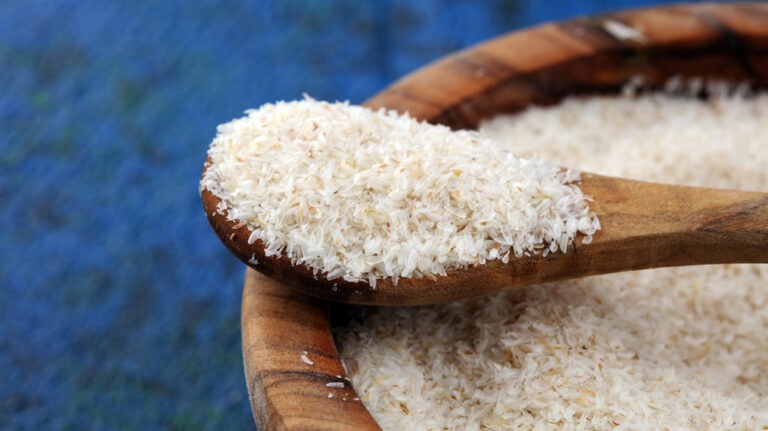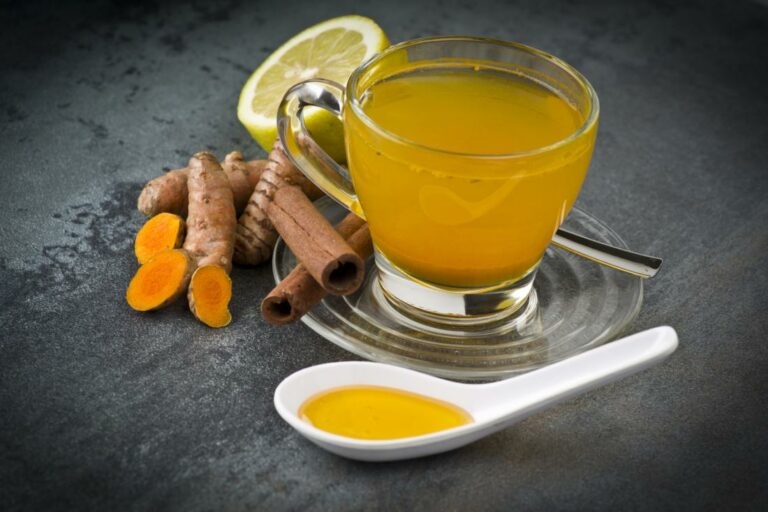Healthy Foods For Kids& How To Make Them Eat?

We know the struggles of getting something healthy into children’s stomachs. It’s a sport we all want to win. Everything that a child loves is either unhealthy or doesn’t contribute anything healthy to the diet.
Healthy Foods For Kids

So what are some of the healthiest foods for kids and how to make them eat?
Yogurt
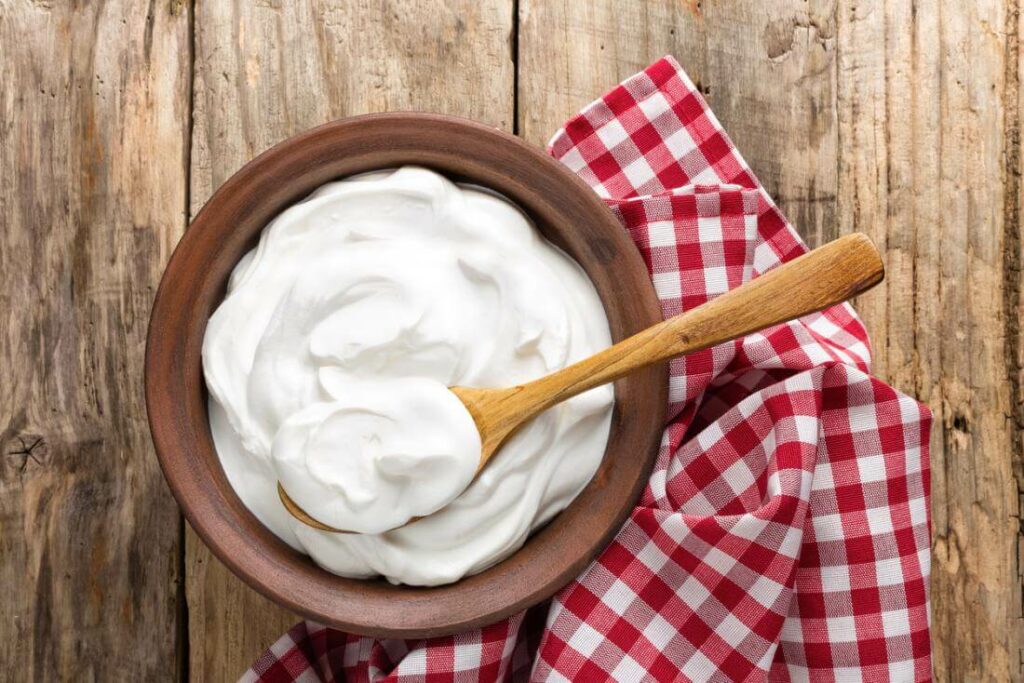
Owner of Wellness by Katie and a childhood nutrition coach, Katie Andrews, said that yogurt is a very good option for breakfast, snack, or even dessert. But what one needs to check is the sugar content. It has proven to be healthy, full of protein and Vitamin D. It fulfills nutrients that are lacking from a kid’s diet. It is enriched with probiotics, a good bacteria. These bacteria are important for maintaining a healthy stomach.
From a store, buy plain yogurt with no added sugar. Every flavored yogurt has added sugar. To make sure your kids eat it, add your own flavor. You can add berries and sprinkle a whole-grain cereal. Garnish the yogurt beautifully so that children are attracted to it. You can turn your yogurt into frozen yogurt bark or frozen yogurt pops.
Eggs
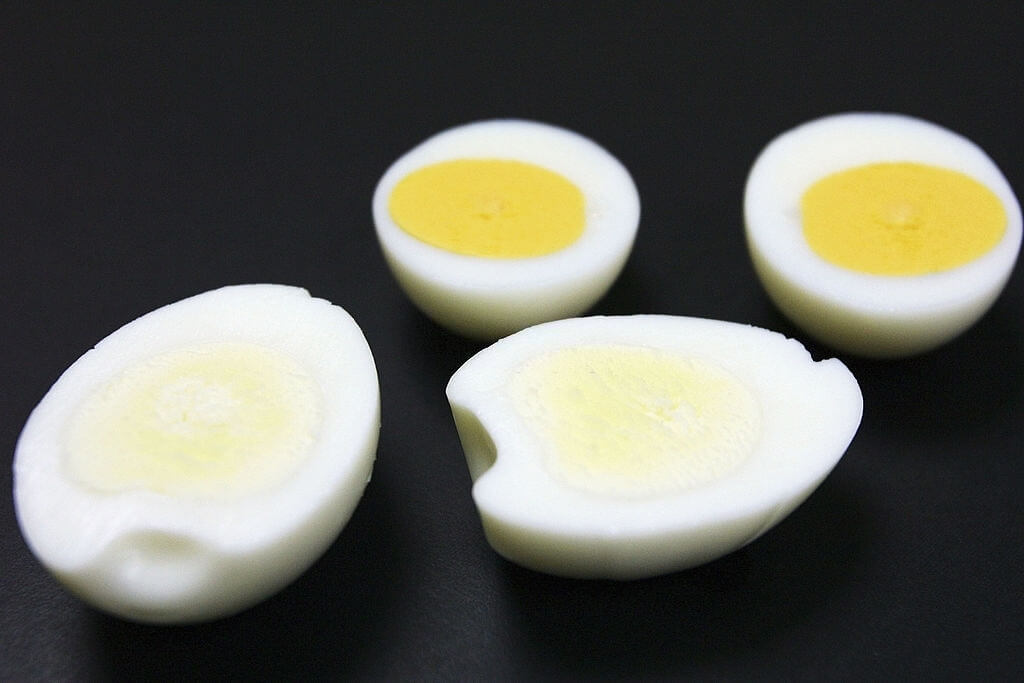
If you take one large egg, it contains 6 grams of protein with Vitamin D, iron, and Vitamin B12. Many eggs have omega-3 fatty acids, which promote brain development in children. Make sure they skip processed meat, pastries, and fried foods, and serve them scrambled eggs. If your kids wouldn’t eat normal scrambles, try garnishing and decorating.
You can try egg casserole, egg salad, or egg toast. Earlier, doctors did not support feeding eggs to babies below the age of 12 months. But research now shows that allergenic foods between 6 and 12 months might help prevent food allergies.
Beans
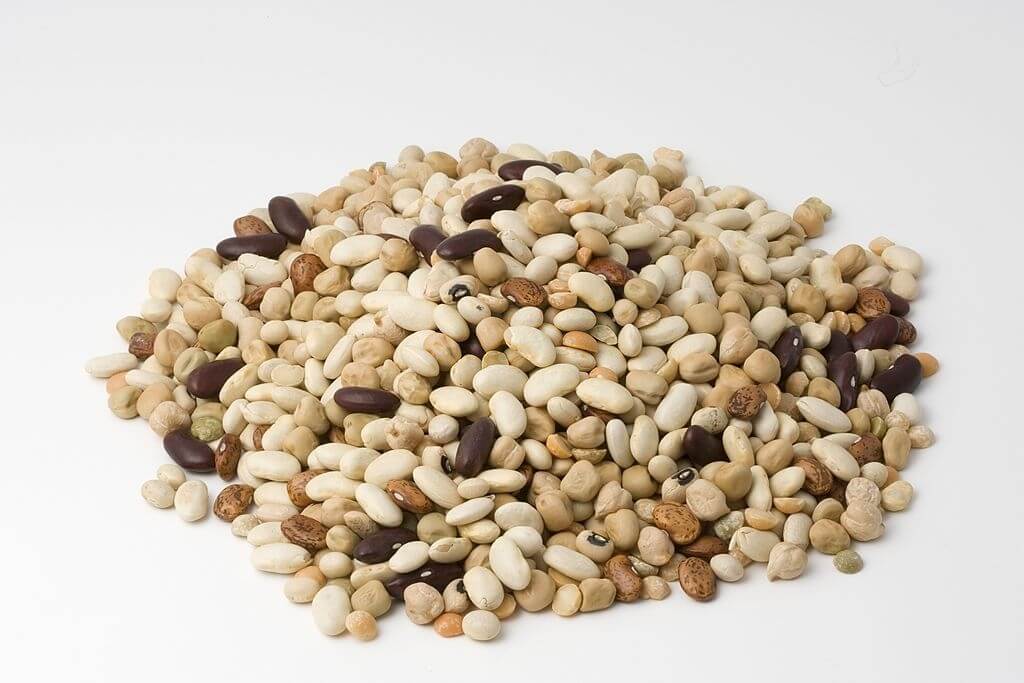
Beans are easy to cook and use. They usually come cheap and are loaded with fiber and protein. You can buy kidney beans, black beans, and chickpeas which are canned and low-sodium. You can just take off the can, rinse them off any dirt or extra sodium and add to any other food. Andrews says that if you replace ground beef with beans in a quesadilla, it can help maintain a healthy diet and provide the required nutrients in their diet.
If your kids do not like beans, you can put them in their diet in disguise. Brands like Pow, Banza, and Tolerant Foods also make pasta from beans. Andrews said that children between the age of 4 to 8 require 25 grams of fiber every day. Most products that are for kids lack it. Fiber helps in healthy digestion and gives a satisfying diet.
Avocado
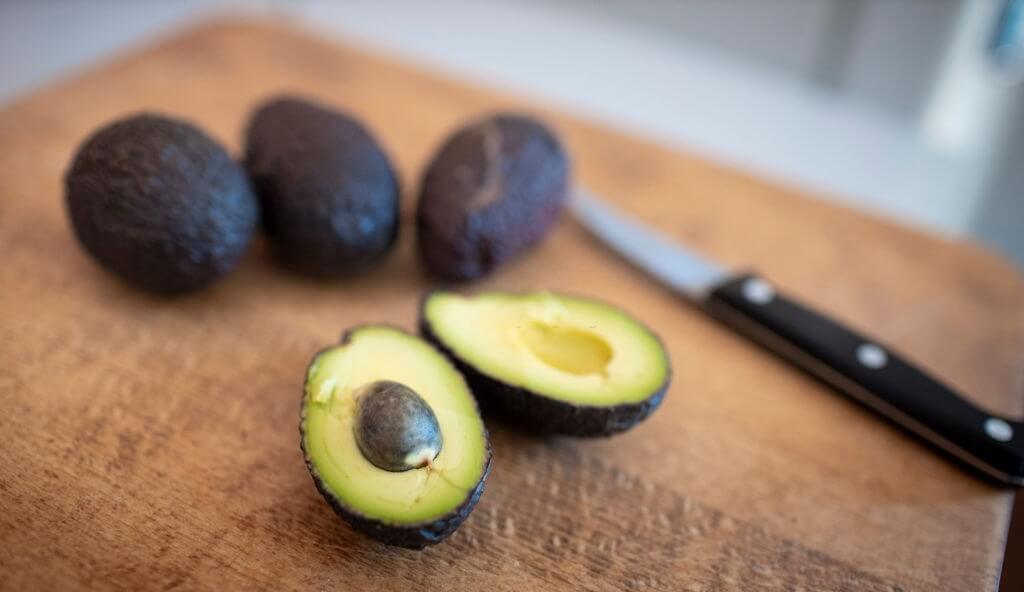
To make your kid’s diet enriched with healthy fats, add avocado. Avocados promote healthy cholesterol levels as they are rich in monounsaturated fats. Fats are slower to move through the digestive tract and it keeps a kid fuller for a longer time. They also make great food to introduce to babies. If your kids would not eat plain and direct avocado, you can prepare a smoothie, mix it into tuna salad or chicken, make sauce or spread it on toast.
Sweet potato
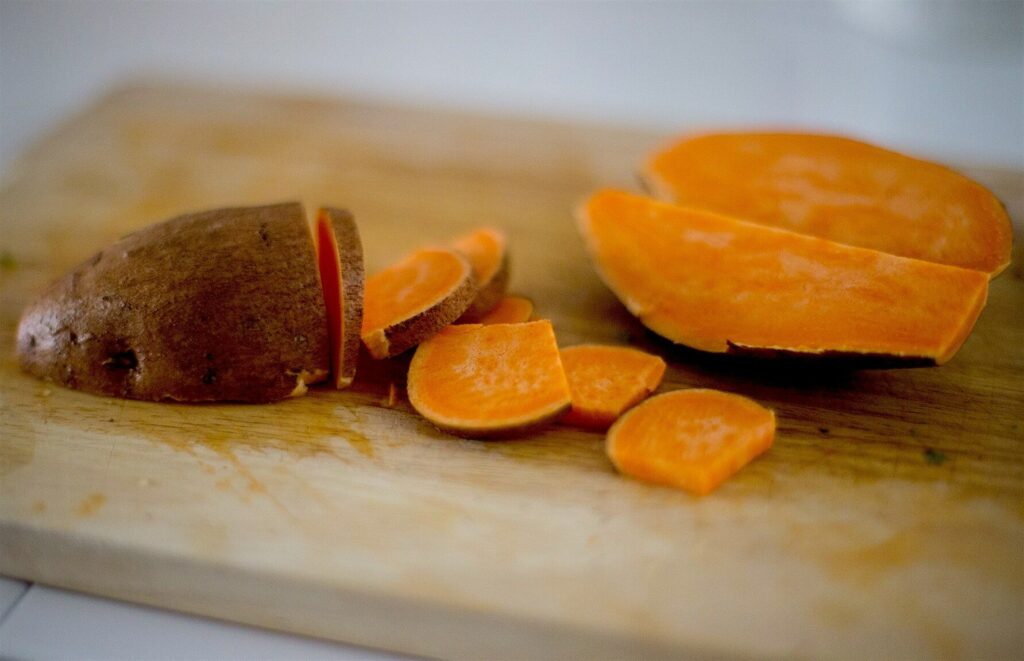
Sweet potatoes are sweet, and thus appeal to your child whether they’re 6 or sixteen! If you’re running late and need to quickly add something healthy to your kid’s diet, peel it off and microwave the potatoes. You can slice and serve. Sweet potatoes are rich in potassium, fiber, and Vitamin A. These are also helpful if you want to limit your child’s salt intake, as potassium helps in keeping heart and blood pressure healthy.
Milk
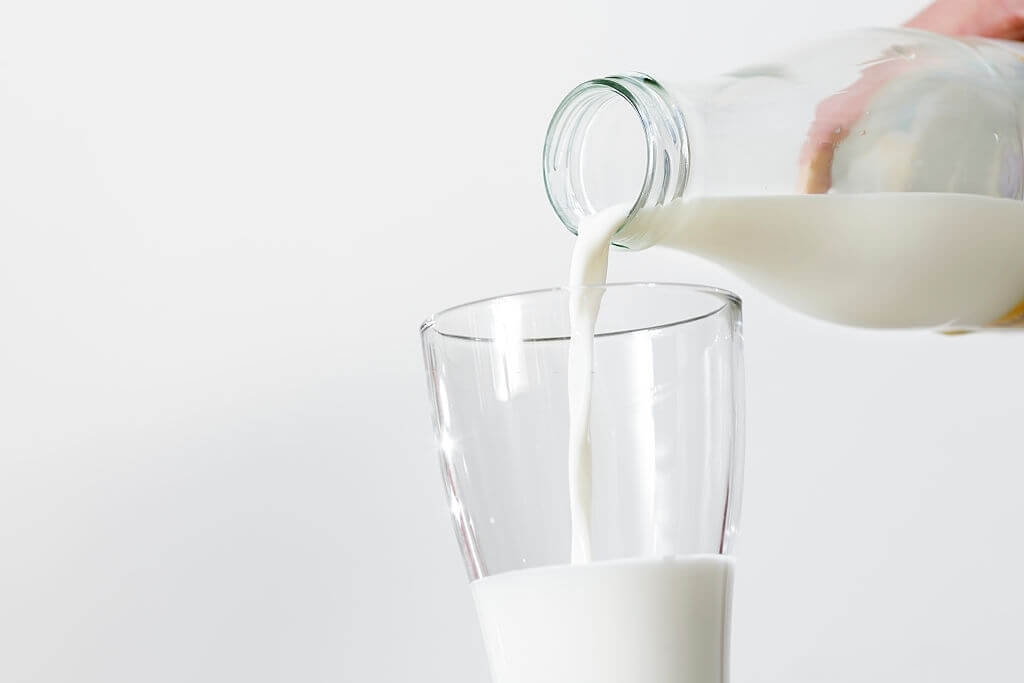
Full of calcium and vitamin D, milk helps in strengthening bones. One glass of 8 ounces is loaded with potassium, phosphorus, Vitamin B12, and 8 grams of protein. Until they’re 1 year of age, babies aren’t recommended for cow milk. After they turn two, low-fat milk can be given three times. Every milk has a different nutrition profile. Soymilk is enriched with protein.
Whole grains
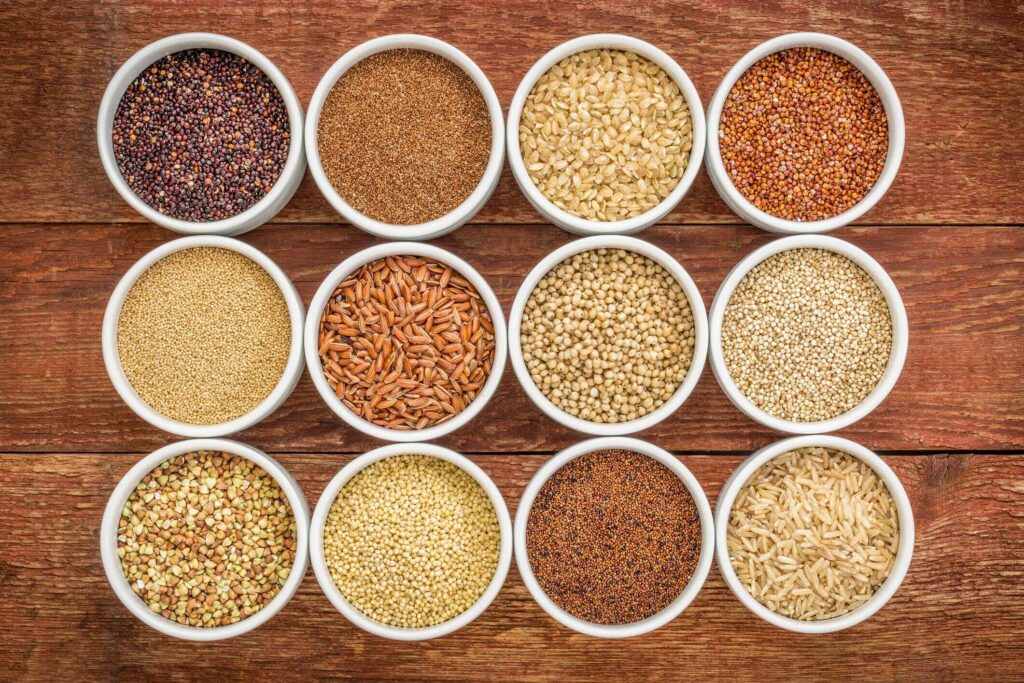
Fiber lacks in every kid’s diet. Adding whole grains to food ensures a fiber-filled diet. Children require around 25 grams per day and most snacks only contain 1-3 grams of fiber. You can add whole-wheat pasta, oatmeal, brown rice, bread, and whole-wheat tortillas. You can also prepare pizza, pancakes, and cookies from whole grains.
Berries
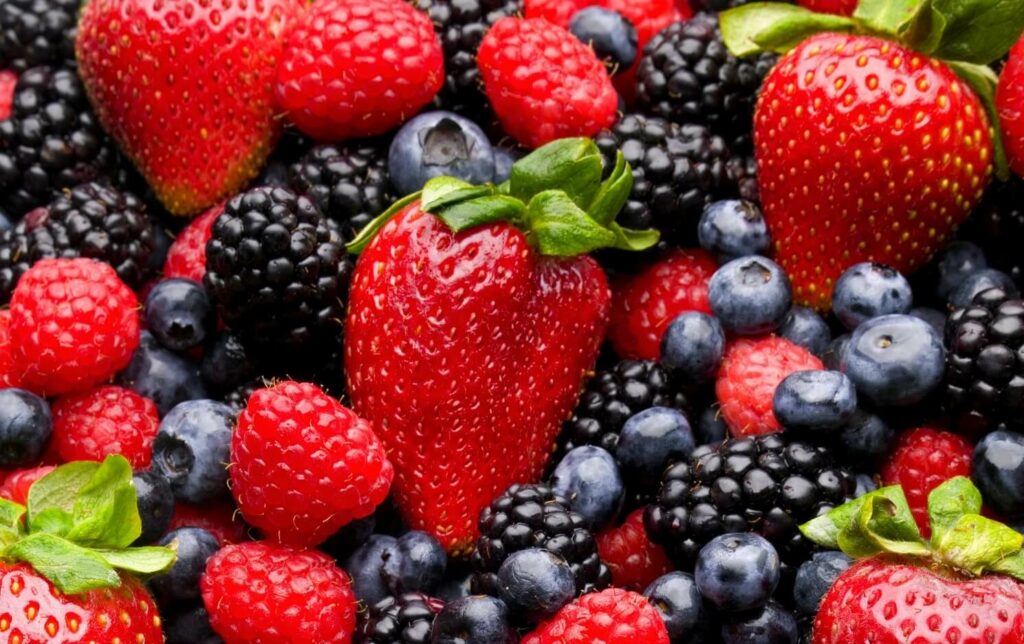
They are enriched with Vitamin C and fiber. Berries also contain anthocyanins which is an important antioxidant. Strawberries, blueberries, and blackberries contain less sugar compared to most fruits. Fresh berries make great toppings and can be garnished on other dishes.
You Can Also Read: How To Train Your Brain To Embrace Healthy Eating Habits
